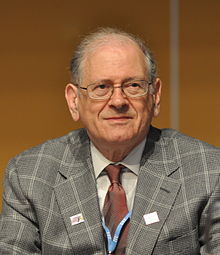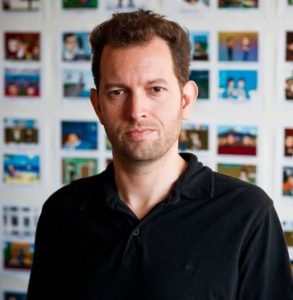Jack Wong : CEO & Founder of Meizu; A company Making ‘The’ Futuristic Phones
The race about whom beats who, in the Smartphone industry is on since over a decade now, and there seem to be mixed answers about who, actually, is the best. As of now, there stands a number of companies that are delivering their best services, to increase their consumer base. Though Google, Apple and One Plus are some of the companies which are at the focus of the limelight, there are some other companies which are equally good and deliver the newest of the technologies remaining underground. There is no doubt that these companies provide cost-effective services and are efficient in their work. Meizu is one such company, that is beyond this era and is delivering future based phones. The founder and the CEO of the company, Jack Wong, shares a story that glorifies the fact that success doesn’t need a degree.
Jack was born on February 13, 1976, in Meixian, Meizhou, Guangdong Province in China. Since his childhood, Jack was very much into electronics and electronic devices. He was 16 when he got expelled from high school. So, due to this reason, he could not attend college and doesn’t have a degree.

Jack started working as a pier porter but was not satisfied with his job, because he wanted to work in the electronics industry. With this mindset, Jack moved to Shenzhen, the hub to electronics at that time. Starting from there, he, joined as the General Manager at ‘Argean’. The company focused on manufacturing speakers and MP3 players. Jack looked forward to innovative products and induced the systems with high battery and more storages.
It was mid-2002 when he decided to leave Argean, because of the divergences within the company, which made the environment unhealthy. He, at that time, had gained plenty of experiences in making music devices. At the end of 2002, Jack decided to invest 100,000 RMB to start a new company, naming it ‘Meizu’.
The first product of the company was the MP3 players. The company focused on the quality of work, rather than on the design. The M6 player series had immense quality but had a poor design. But they soon realized the importance of design and started working on it, to raise their level for the competition.
Jack, being the CEO, wanted to bring more success to the company. The experience that he had, he applied it all in the company’s working, that gained him notable sales in 2006, which was recorded to be more than 10 billion Yuan. Meizu stepped up in the game when they launched their first smartphone, Meizu M8. The phone had a touch screen of 3.4”, Windows CE 6.0 OS, and a RAM of 256 MB.
It was not until three years when they launched their next device, and this time, the device was based on Android OS, i.e. Android 2.3, with a 3.5” screen and QHD resolution.
Since then, the Meizu phones have become very popular based on their quality. It has rivalled many of the top-notch devices having lost and won the races. In recent times, the company has launched Meizu ‘Zero’ which has become the first ever smartphone device with no physical buttons. These phones are pressure sensitive and come with a wireless charger, having no volume and power buttons. The device hails no sim tray, which also, makes ‘Meizu’ the first company to introduce the concept of ‘E-sim’. The international availability of those phones, though is not confirmed yet.
“Jack prefers to be less sociable. He hasn’t given a single interview since entering the industry,” one of his co-workers said. However, Jack runs a Meizu forum, as the company is a user feedback based company and involve all the requirements that users wish to see in their devices.
Jack Wong, also known as Huang Zhang, like other successful drop-out entrepreneurs, has demonstrated another example to us that we don’t need any kind of professional qualification to put ourselves forth and prove ourselves. Knowledge comes from experience, and acquiring it can only be possible if you show the true passion towards it. Jack, gives this world the media and the ability to feel what the future may look like, by putting it in your own hands.

Raghav is a student and a content writer. He loves to write about emerging as well as the existing technologies around and about the ones who bring them to you. Music is the other passion that Raghav processes. It is like the fuel to his body. He is also in writing songs and poems. He believes that life is short, so live the best out of what you have got. Raghav considers himself a sci-fi guy, having stories and tech all around in his head, all the time.





